The origins of country music are steeped in a complex and multifaceted history, characterized by a blend of influences from diverse ethnic groups and complicated by a questionable timeline of its inception. Emerging from the cultural intersections of European settlers, Black slaves, and others, country music embodies a fusion of folk traditions, gospel, and blues. As time passed, immigration expanded, social and political climates shifted, advancements in technology greatly impacted business and entertainment infrastructure, and country music’s sounds transformed into a musical chameleon to adapt to changes. Despite challenges in pinpointing its exact origins, country music has evolved into a cornerstone of American musical culture, resonating deeply with audiences across generations. Today, modern country music continues to thrive in popular culture, solidifying its place through innovation and adaptation while preserving its roots in storytelling and cultural expression.
European Immigration, Transatlantic Slave Trade, Instrruments
During the 1700s, European immigration to the Americas surged, driven by economic opportunities, religious freedoms, and political instability in Europe. Large numbers of immigrants from England, Scotland, Ireland, and Germany, settled in the thirteen British colonies. These immigrants brought with them diverse skills, agricultural knowledge, and cultural traditions that played a crucial role in shaping America's early infrastructure. They contributed to the development of farming, industry, and trade, establishing towns and cities that would grow into vital centers of commerce. Simultaneously, the transatlantic slave trade reached its peak during this period, forcibly bringing millions of Africans to the Americas to labor on plantations, primarily in the Caribbean and southern colonies. This system was the backbone of labor for the lucrative agricultural economy and perpetuated racial divisions and social hierarchies that would profoundly impact American society. Amidst these influences, European immigrants and African slaves brought their cultural heritage, including musical traditions and instruments like dulcimers, flutes, fiddles, gourd-bodied string instruments, and percussion. Therefore, European immigration and the transatlantic slave trade significantly shaped America's demographic composition, economic foundations, and cultural landscape, laying the groundwork for the rich musical heritage that continues to resonate in American music today.
The Appalachian dulcimer and the African akonting are two stringed instruments that are believed to have had a profound impact on early country folk music. The Appalachian dulcimer is typically crafted from wood and is a fretted stringed instrument with a long body and three to four strings. Common tunings for the dulcimer include D-A-D or D-A-A. It is played by placing the body on the player’s lap or a surface while one hand strums the strings. One hand creates a drone effect while the other hand glides back and forth to play a melody. It is commonly used in Appalachian folk music with lyrics highlighting the traditions of Irish, Scottish, and German settlers.

The akonting is a lute of the Jola people of West Africa and holds significant cultural importance as both a musical instrument and a symbol of cultural identity. Characterized by its elongated neck with a prominent spike, resonating animal skin soundplane, and resonant gourd body, the akonting features a tripartite string arrangement—fifth, root, and flat-seven—wherein the shorter string functions as a drone.

The akonting shares remarkable affinities with the banjo, including identical tuning and a comparable structural design, represented by circular resonant bodies and elongated necks. Both instruments are plucked in a downward motion, employing a drone string, yet diverge in materials: the akonting traditionally incorporates indigenous components such as palm fibers for strings, bamboo or wooden spikes for the neck, goat leather for the bridge support, and a gourd resonator, native to Africa. Moreover, the akonting's unique tonal characteristics are attributed to its distinctive plucking technique, whereby strings of varying lengths link at the bridge.
Scholarly investigation into the akonting's construction materials, particularly the use of animal-derived elements like lizard skin, remains limited and inconclusive, underscoring the ongoing scholarly discourse surrounding the instrument's precise fabrication techniques.

In 1974, Daniel Laemouahuma Jatta, a distinguished Gambian scholar, unveiled compelling parallels between the akonting and the banjo. His research, initially showcased at the Banjo Collectors' Conference in Massachusetts, and subsequently presented before the discerning audience of Banjo Collectors in Boston, sparked rigorous scrutiny and critical appraisal. However, today his findings are widely appreciated and further explored by musicians and ethnomusicologists.
Country Music, Grassroots, 1920s
At its core, the lyrical essence of country music captures the everyday trials and heartfelt sentiments of ordinary individuals. Emerging initially as folk music, deeply intertwined with the oral histories of European, Appalachian, African, and other communities, early practitioners of country music drew upon the rich tapestry of stories obtained from diverse locales and familial accounts to shape their expressive lyrics. This inherent relatability became a cornerstone, propelling country music to achieve profound cultural resonance and significant milestones as it traversed through its transformative evolution.
Country music originated as a grassroots phenomenon rooted in the cultural traditions of working-class communities, prominently featuring instruments like the banjo and fiddle. Its transformation into a commercially viable genre began in the early 1920s with pivotal recordings by artists such as Fiddlin' John Carson, Vernon Dalhart, and the iconic Carter Family and Jimmy Rodgers. The documentary Lost Highway: The Story of Country Music highlights the profound influence of the Carter Family, whose contributions during the late 1920s significantly elevated country music's profile and popularity, signifying a pivotal turning point in its journey.
The Carters, a family hailing from Virginia, consisted of A.P. Carter, his wife Sara Carter, and Sara’s cousin, Maybelle. Sara took the lead in vocals, while Maybelle showcased advanced and distinctive guitar skills that would significantly shape numerous prominent musicians. The advent of the carbon microphone in 1926 revolutionized sound quality for performers catapulting the listening experience to new heights.
In 1927, the Carters launched their recording career, a journey that extended into the 1940s. Despite prohibitively expensive studio time and stringent recording standards where musicians typically had only one chance per song, the Carters managed to record over 300 songs. Their repertoire included notable hits such as "Burn Me Under the Weeping Willow," "Keep on the Sunny Side," and "Wildwood Flower," the latter featuring Maybelle's iconic guitar solo, which became widely imitated in country music history.
However, their early music lacked copyright protection, leading to tensions between the Carters and record companies. Ultimately, A.P. Carter was credited as the primary lyricist, although he also adapted ballads collected from Appalachian families.
Great Depression Impact, WSM Radio, & The Grand Ole Opry
The Great Depression of the 1930s precipitated profound economic repercussions, characterized by widespread unemployment and an unstable market. It is reported an estimated 12.8 million people suffered from unemployment. In response to the financial crisis, individuals underwent significant shifts in consumption patterns, embracing frugality amidst severe job losses and economic uncertainty. This transformative period saw a notable downturn in record sales, prompting musicians to seek solace in radio platforms as crucial avenues for sustaining their careers during an economic downfall for many.

In 1925, The National Life & Accident Insurance Company launched WSM, We Shield Millions, a radio station situated at their Nashville headquarters. Utilizing the burgeoning medium of radio, they targeted prospective clients, notably drawing sales from the emergent audience of country music enthusiasts. Initially tailored to appeal to aficionados of classical music, WSM broadcasted operatic performances from New York under the banner of “Grand Opera.” However, a pivotal shift occurred in 1927 when the station’s host declared a change in programming direction, proclaiming, “For the past hour, our focus has largely been on Grand Opera, but henceforth, we will showcase the Grand Ole Opry.” This marked the formal renaming of the station, solidifying its alignment with the expansive genre of country music and enhancing its appeal to a broader audience.
WSM Radio initially gained prominence through the National Barn Dance, an adaptation originating from WLS, a notable Chicago radio station. On November 28th, 1925 at 8 pm, Uncle Jimmy Thompson, a 77-year-old fiddler, debuted by taking live phone requests, marking the show’s inaugural performance as an immediate triumph.
As microphone technology advanced, increasing sensitivity necessitated singers to adopt quieter vocal dynamics to conform to these new standards. This transformation propelled the development of intricate harmonies as the cornerstone of country music singing, fostering the rise of acclaimed brother bands and vocal groups.

Before the era of radio, music’s accessibility remained largely localized and communal until the Grand Ole Opry's achievements in the 1930s enabled its national distribution. This period also saw a heightened emphasis on artist marketability, prompting the establishment of rigorous professionalism standards. Photographic conventions dictated that men should appear in formal suits for promotional purposes, contrasting with the casual attire—comprising jeans, hats, and overalls—typically worn during performances. Women embraced a persona characterized by familial, pure, and nurturing attributes, which were expected to be maintained both on and off stage.
Country Artists' Image & Rebellion
In the late 1930s and early 1940s, the cowboy persona ascended to cultural prominence as country musicians emerged from Hollywood. This newfound image garnered widespread acceptance for its association with the higher class, distancing itself from the rural stereotypes of the hillbilly. Its influence reverberated across the nation, shaping the aesthetic of country artists for generations to come. Icons such as Gene Autry, Roy Rogers, and Tex Ritter epitomized this polished image, achieving enormous commercial success with millions of record sales and acclaimed performances on television and Broadway.
The escalating political tensions of the 1950s generated a seismic shift in country music. Many artists responded by embracing a rebellious ethos, marking a pivotal moment in music history as rock 'n' roll surged to the forefront of radio and live performances. Influential figures like Elvis Presley, Jerry Lee Lewis, Antoine Dominique Domino Jr., Bill Haley, and Chuck Berry inspired country artists to adapt to contemporary sounds, integrating electric instruments into their compositions. This innovative approach infused country music with new vigor, rhythmic complexities, and a fusion of gospel, blues, and traditional country elements.
The evolving musical landscape resonated deeply with younger audiences, prompting creative marketing strategies to engage newcomers to the music scene. Meanwhile, the previously dominant bluegrass genre saw a decline in sales, underscoring the transformative impact of these dynamic cultural shifts on the broader country music industry.
Honky Tonks, Nashville vs. Bakersfield, & Modern Instruments
In the southern regions, Honky Tonks became magnets for the lower classes, typically found as modest, isolated establishments on the outskirts of town. These venues distinguished themselves with their boisterous crowds, live musical performances, social drinking, and dancing. This dynamic environment shaped an upcoming subgenre of country music that maintained connections to its traditional roots while prominently featuring instruments like the pedal steel guitar, fiddle, and piano. Known colloquially as hillbilly music, this genre retained a robust emphasis on rhythmic structures, coupling lyrics that resonated deeply with the everyday experiences of the working class.
The 1960s witnessed a renaissance in country music, driven by contemporary advancements in radio broadcasting and entrepreneurial vitality. Nashville experienced an influx of record labels that evolved into thriving enterprises, capitalizing on the expanding popularity of the genre and its stars. This era marked a significant evolution in the sonic landscape of country music, with artists increasingly gravitating towards pop-infused sounds and courageously exploring new artistic boundaries. The fiddle gradually receded from prominence, while the piano emerged as a pivotal instrument in the fusion of country and pop elements, forming into the genre famously referred to as the Nashville Sound. Spearheaded by innovators like Chet Atkins and Owen Bradley, this stylistic synthesis aimed to broaden the appeal of country music to a wider audience, marking a pivotal chapter in its ongoing evolution.
In Nashville, a wave of rebellion against traditional country music contrasted sharply with the resistance brewing in Bakersfield against the Nashville Sound. Bakersfield, California boasted a substantial country music following, comprising over 300,000 migrants from Oklahoma, Texas, Arkansas, and Missouri who had resettled there during the Dust Bowl of the 1930s. Leading this resistance were Buck Owens and Merle Haggard, iconic figures who vehemently expressed their dissent through their music.
During this period, the Broadcaster Guitar, later renamed the Telecaster, emerged as a coveted instrument from the 1950s onwards, marking the first successful mass-produced solid-body guitar. Featuring a distinctive long, narrow neck crafted from a single piece of maple, and initially comprised of Ash wood, though its use has since declined. The Ash wood's presence can still be identified by the blonde hue of the guitar body. The Telecaster's tonal range spans from sharp, twangy notes to warm, rounded tones, distinguishing it as an unparalleled presence among electric guitars of its era.
Buck Owens utilized the Telecaster to pivot country music towards a more pop-oriented and edgier sound, directly challenging the prevailing Nashville aesthetic. Meanwhile, Merle Haggard, known for his rebellious persona and enduring personal struggles following his father's death, found solace through his music, drawing from his experiences in and out of prison. Throughout his career, Haggard remained steadfast in his commitment to authenticity, fearlessly documenting his life's trials and tribulations in his songs, regardless of public opinion or criticism.
Charley Pride & Superstars of the 1970s-1980s
In the tumultuous 1960s, themes of segregation and anti-integrationism permeated political campaigns and ideologies, often intertwining with the realm of country music and its marketing strategies. Targeting the vast majority of white Americans, record companies and managers prioritized satisfying their consumer base, fearful of potential backlash or loss of interest should they promote non-white artists. However, in a groundbreaking move in 1965, RCA Records defied prevailing norms by signing Charley Pride, a Black country artist, while strategically concealing his ethnicity from the public eye. Pride swiftly garnered acclaim through radio exposure, carefully cultivated by RCA, which opted to emphasize his voice over his identity. In his 1994 autobiography, Pride affirmed, "I wanted to stand or fall on my music, not my skin color," seemingly accentuating his alignment with RCA's marketing approach.

Pride's unveiling moment came in 1966 at Detroit's Olympia Stadium, where he performed live to a large audience unaware of his appearance. His bold revelation was later met with enthusiasm, propelling his career to new heights in the commercial country music scene. He achieved milestones such as performing the national anthem at the Super Bowl, securing eight number-one singles on the US Country Hit Parade, joining the revered Grand Ole Opry, and receiving the Willie Nelson Lifetime Achievement Award at the 54th Country Music Association Awards. While opportunities of this magnitude remained rare, Pride's achievements left a memorable mark on history and continue to inspire country artists today.
In the late 1970s and 1980s, country music evolved further, embracing pop influences as contemporary musical trends took center stage. The iconic Nudie Suits and traditional hillbilly image gave way to the emergence of the urban cowboy as the new face of country music. This era witnessed a surge in younger artists incorporating line dancing and club-friendly sounds, expanding the genre's appeal across diverse radio formats, including pop stations. Concerts grew in scale and spectacle, drawing fans from across the nation to witness their musical idols.
Superstars of this era included Kenny Rogers, Garth Brooks, George Strait, and Tanya Tucker. Rogers, with sales exceeding 100 million records spanning country, pop, and jazz genres, achieved monumental success with his triple Platinum-certified duet "Islands in the Stream" alongside Dolly Parton. Garth Brooks, surpassing Elvis Presley as the best-selling solo album artist in the US (RIAA), sold over 170 million records. While crossover success propelled these artists to global acclaim, traditionalists within country music expressed reservations about the genre's evolving sound and its departure from its roots.

Amidst this evolution, bluegrass music capitalized on modern technology to achieve commercial success. Artists such as Ricky Skaggs, Emmylou Harris, and Alison Krauss revitalized traditional country music by celebrating fiddle music and intricate harmonies. Despite these efforts, Nashville remained hesitant to fully embrace bluegrass due to its perceived associations with lower-class origins and its departure from mainstream commercial trends.
Frank Peppiatt and John Aylesworth, esteemed Canadian producers, endeavored to illuminate the ideologies and challenges of the working class through their creation of the television phenomenon, Hee Haw. Debuting on CBS in 1969, this innovative show seamlessly integrated country music and comedic entertainment into a unified format. Esteemed country music icons Buck Owens and Roy Clark assumed hosting responsibilities and were joined weekly by celebrity guests, thereby significantly broadening the show's and artist’s viewership.
Country Music & Television, Megastars, & Modern Country Music
Hee Haw takes place in Kornfield Kounty, a fictional Southern countryside community where narratives revolve around the lives of its inhabitants and their interactions with local establishments. Initially characterized by a barn-themed set, the show later evolved to feature a Hee Haw Honky Tonk aesthetic. Despite its stellar ratings, Hee Haw became a casualty of CBS's controversial 1971 "Rural Purge," an abrupt programming overhaul that terminated several shows catering to similar demographics.
From the 1980s onward, the dominance of megastars has been paralleled by the exponential growth of industries dedicated to managing their public personas through marketing, investment, and public relations. This era witnessed artists investing substantial sums in luxury goods, particularly high fashion attire, with extravagant outfits becoming a hallmark of their concert performances, often punctuated by multiple changes. Reba McEntire, the renowned American country star from Oklahoma, notably exemplified this practice with her frequent incorporation of over a dozen outfit changes per show.
Contemporary country music has faced substantial critique for straying from its traditional roots and beloved allure. Nevertheless, artists have responded by embracing the cultural transformations driven by evolving social and political climates over the decades.
As of 2024, country music remains a dominant force on music charts, continuing to innovate within the music industry. While its sonic landscape has expanded far beyond traditional boundaries, the narratives within its songs continue to evolve, resonating with today's audiences. Tensions persist between adherents of traditional and modern country music, reflecting ongoing debates over the genre's auditory and stylistic evolution. Nonetheless, many artists persist in pushing artistic boundaries and introducing personal narratives into the country music lexicon, aspiring to garner acceptance and acclaim among its diverse fan base.
Sources:
Appalachian Dulcimer - Amy Fabbri - The Mountain Traditions Project
1965 Bluegrass/Mountain Music TV Special. A Beautiful Time In American Music History
Lost Highway: The Story of Country Music (Episode I - Down from the Mountain)
Uncovering the History of the Banjo with Rhiannon Giddens: From African Roots to American Music
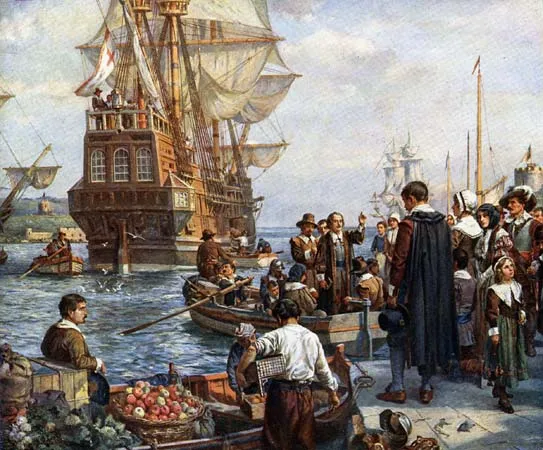
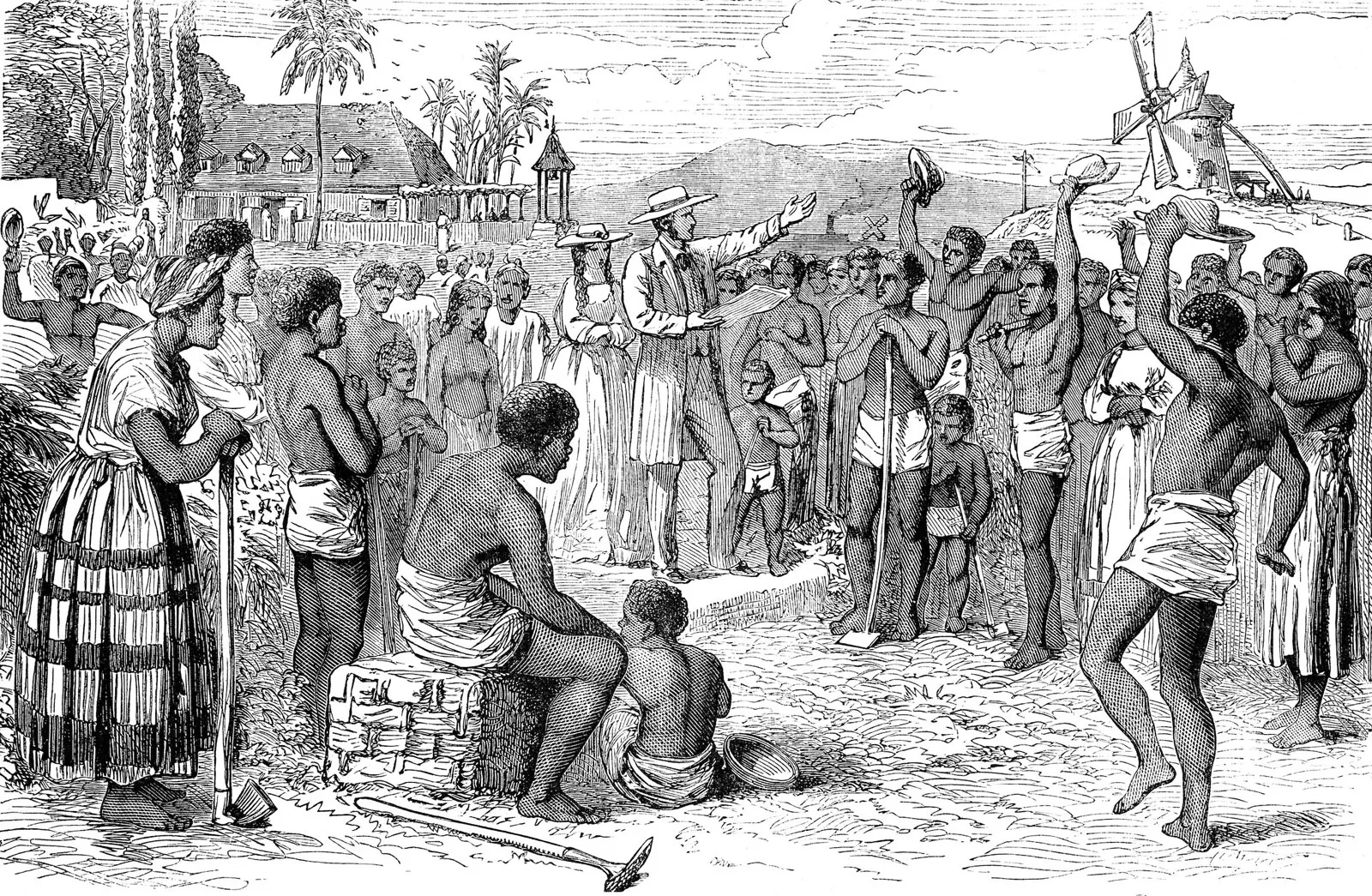




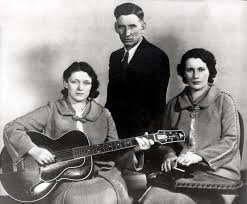

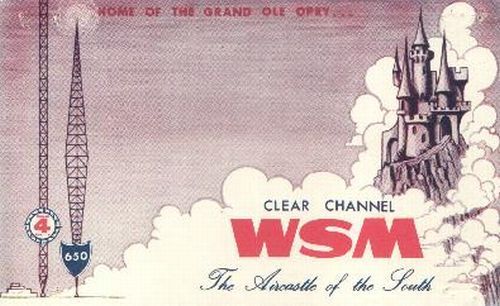
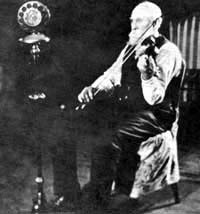
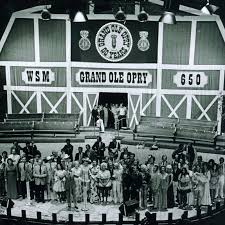



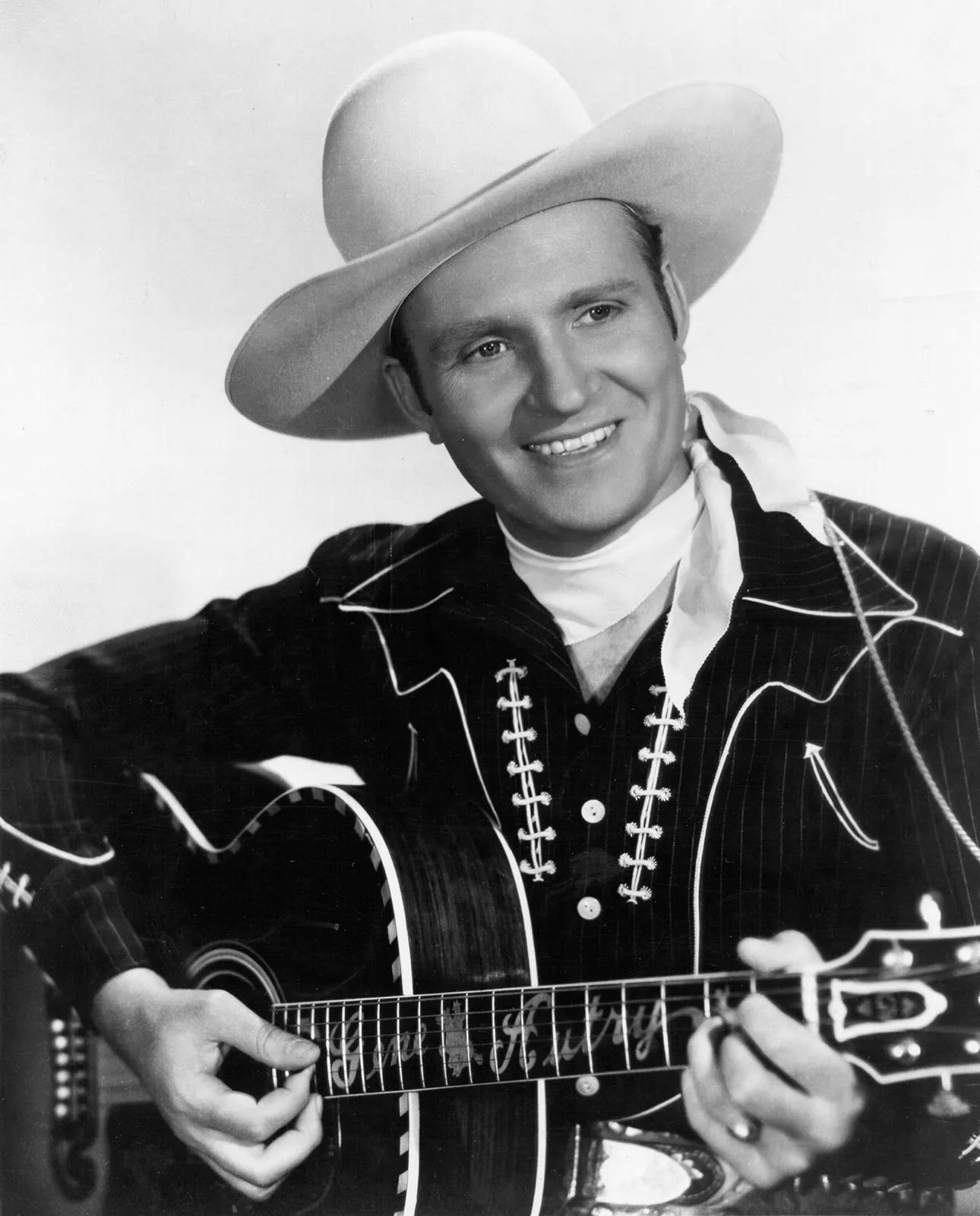







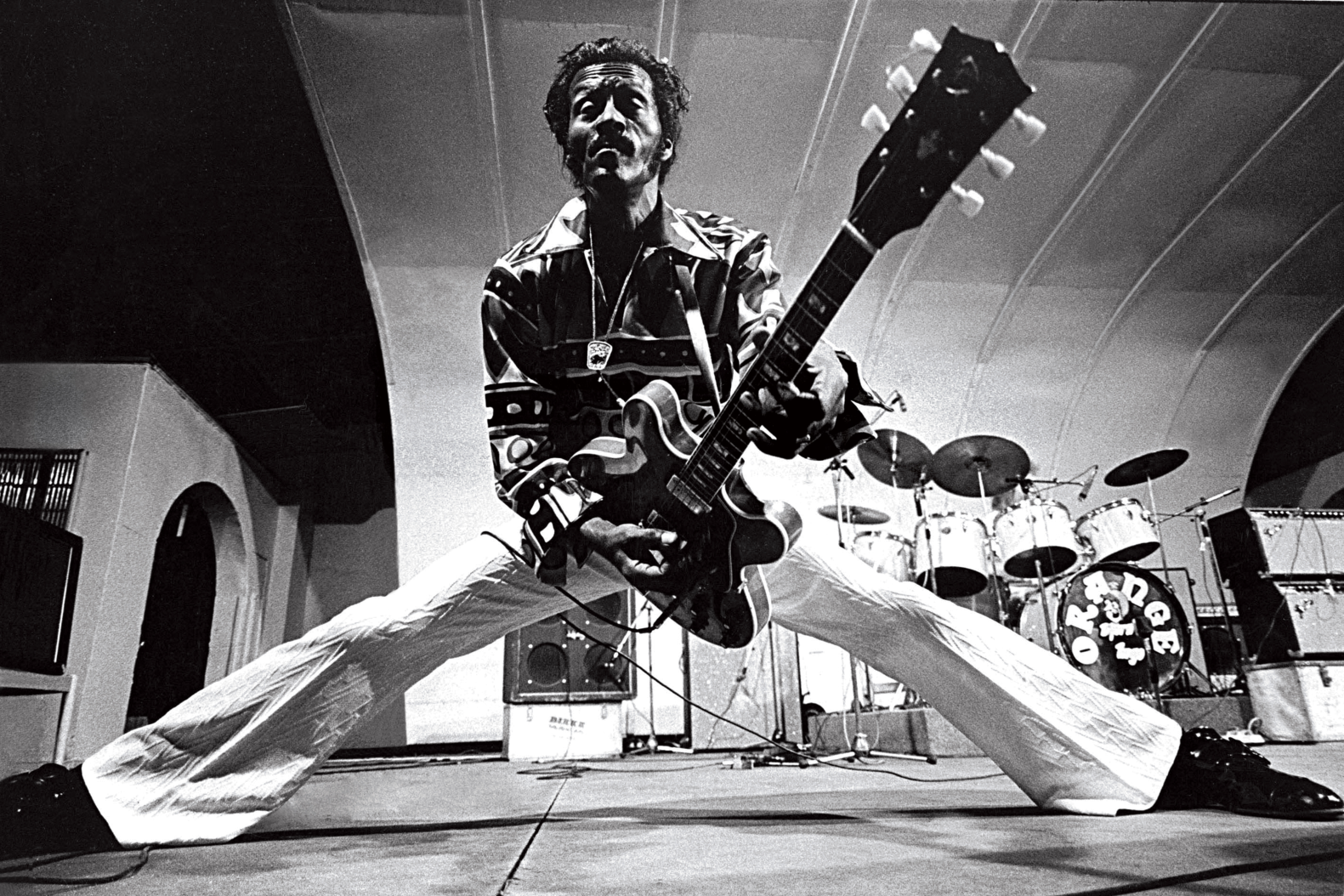







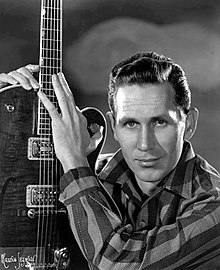
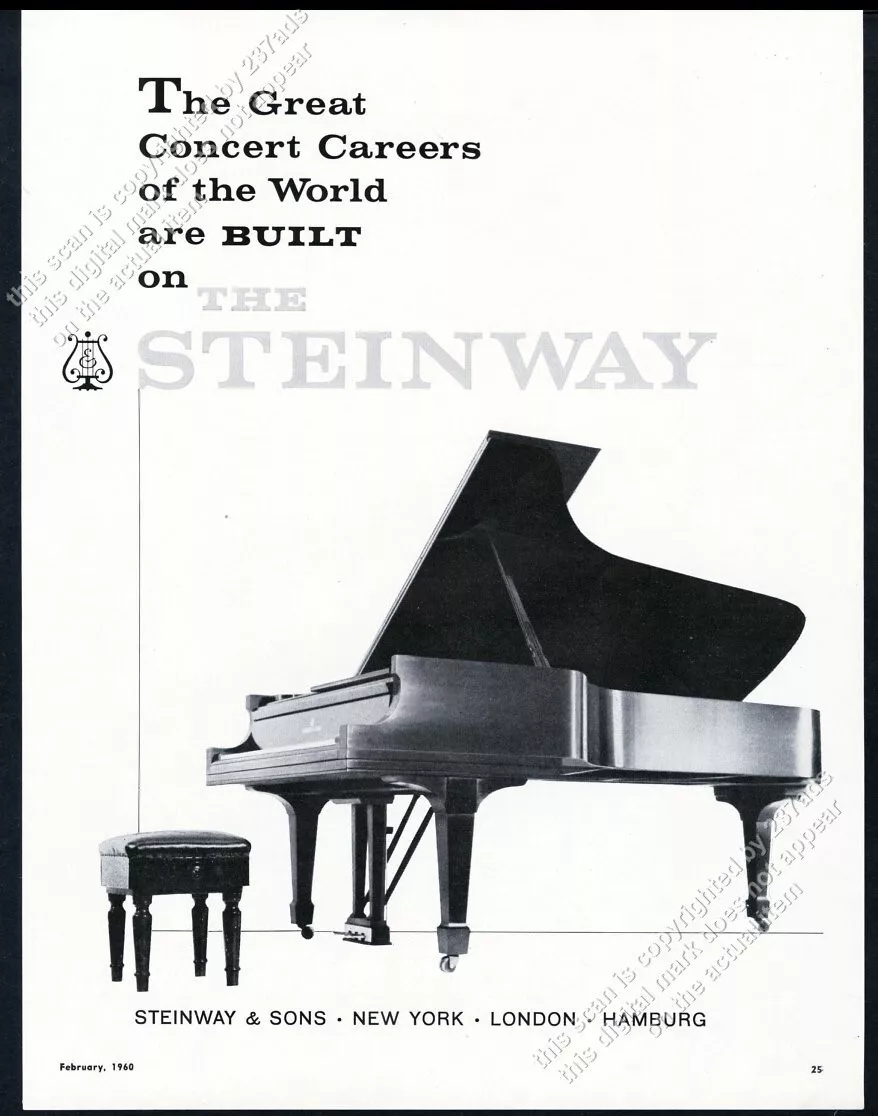






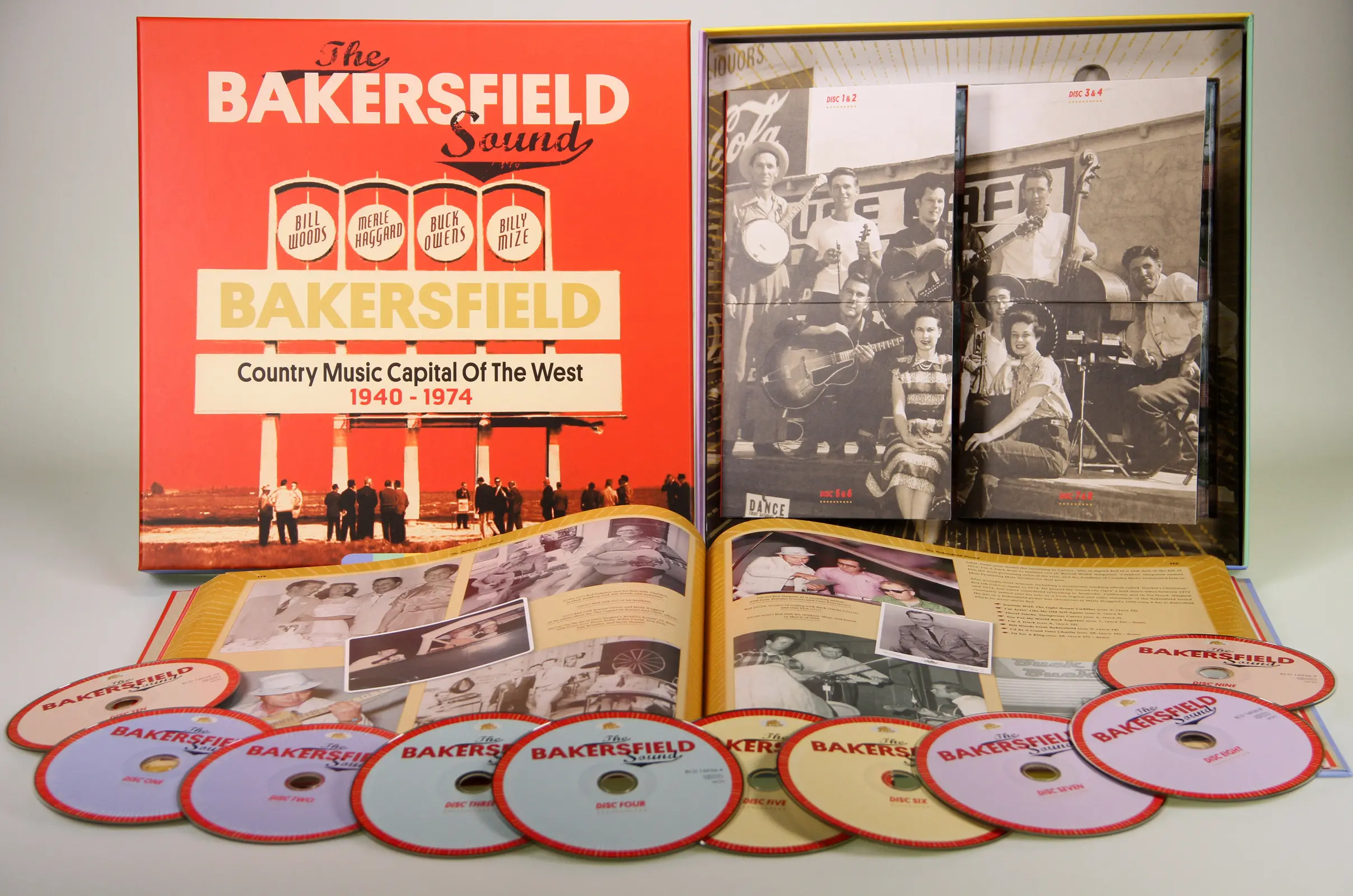




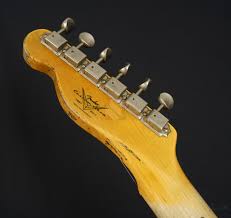



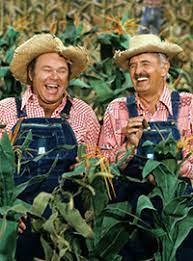
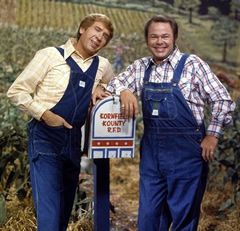
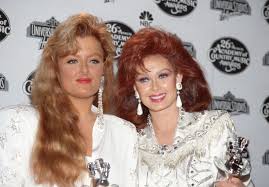
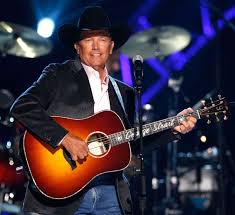
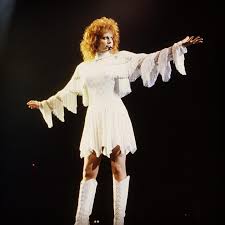
Very nicely done. A great summary of a lot of interesting history. Here's a thought: After WWII in the US, two musical genres arose that built on older forms but were sped up and needed virtuoso musicians to play properly: Bebop and bluegrass. I think bop was more complex, but there is some pretty amazing playing in bluegrass. Also, you might want to check out Western Swing and the jazziness of some of the fiddle playing in the genre. Compare it to what Stephane Grappelli was doing with Django Reinhardt in the 30s. I think the fiddlers in Texas might have been listening to Gypsy Jazz.
Peter B